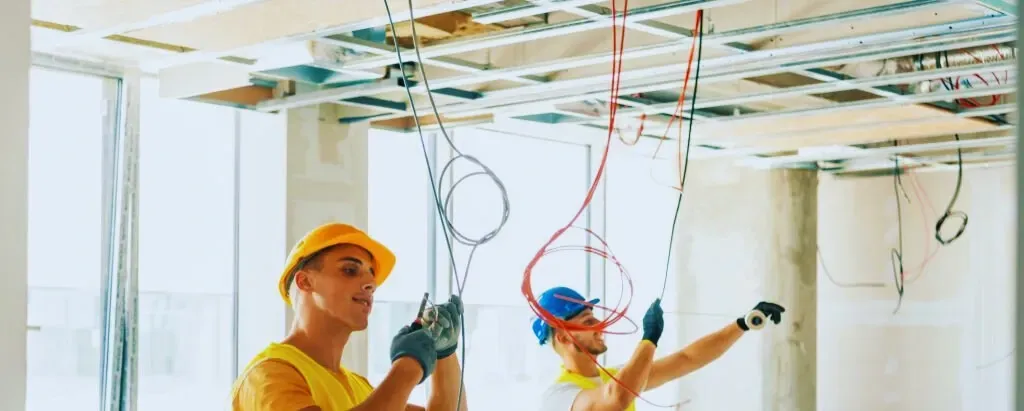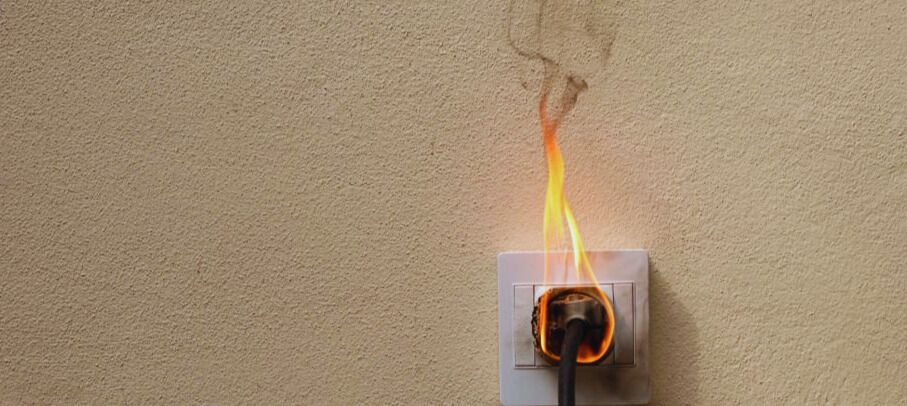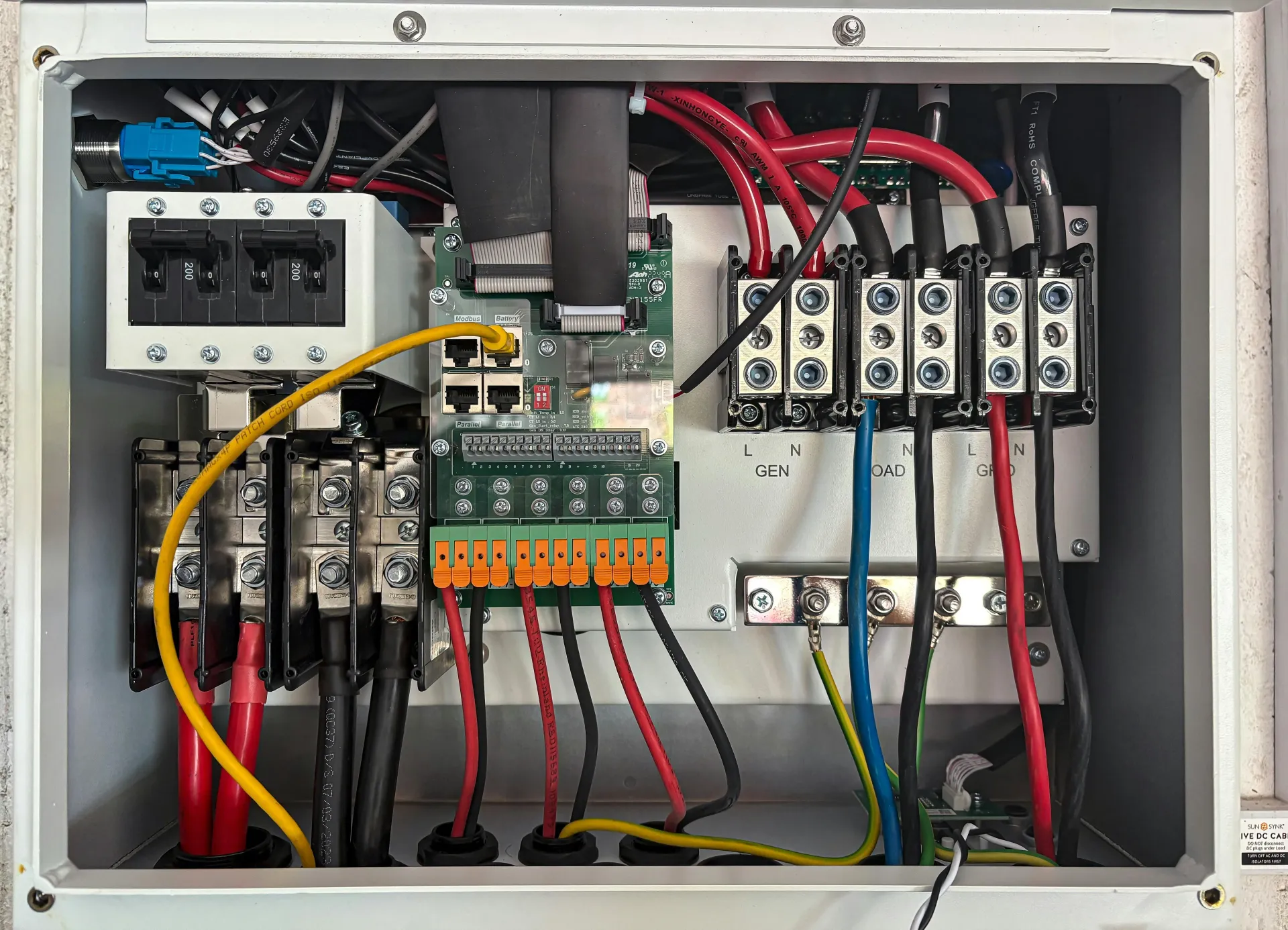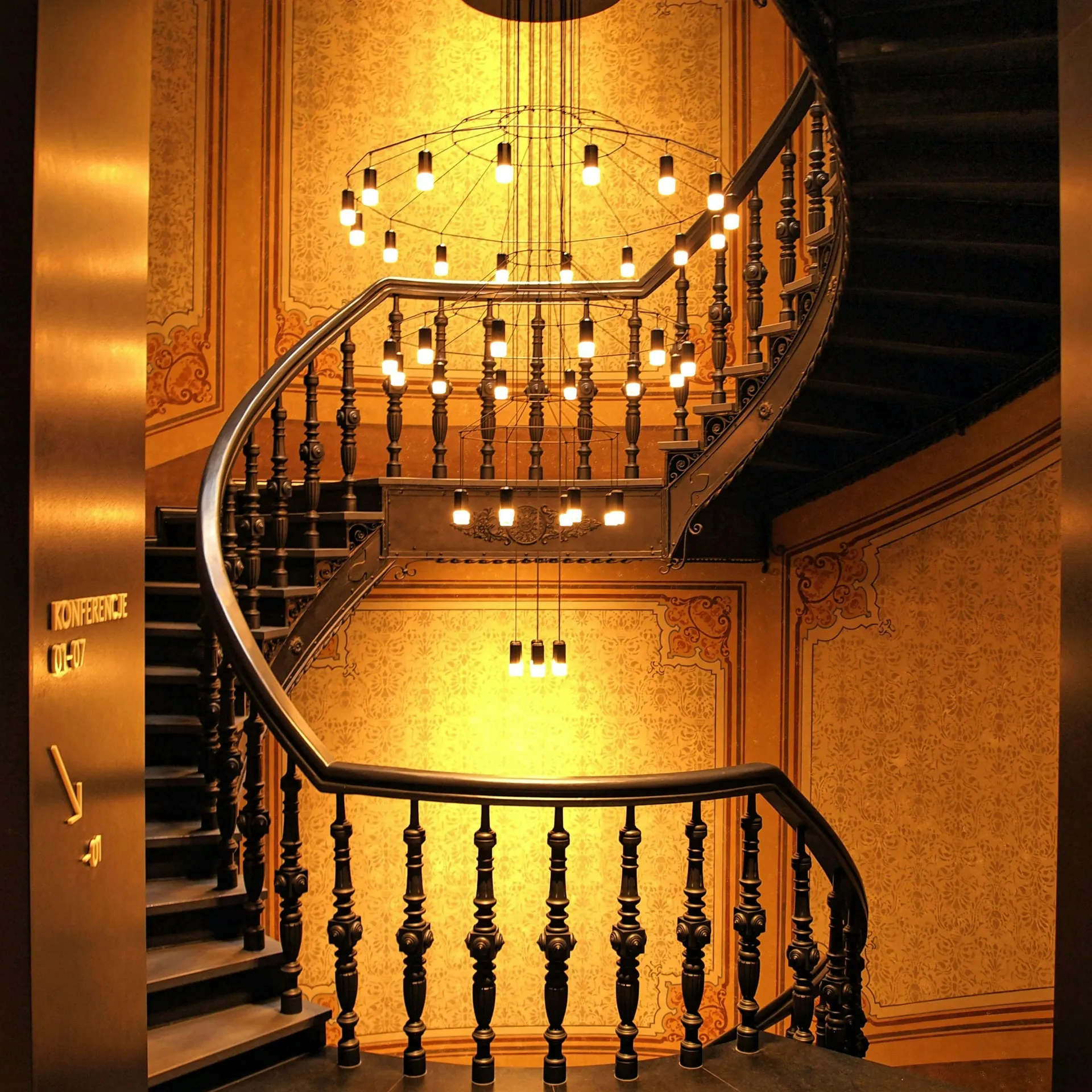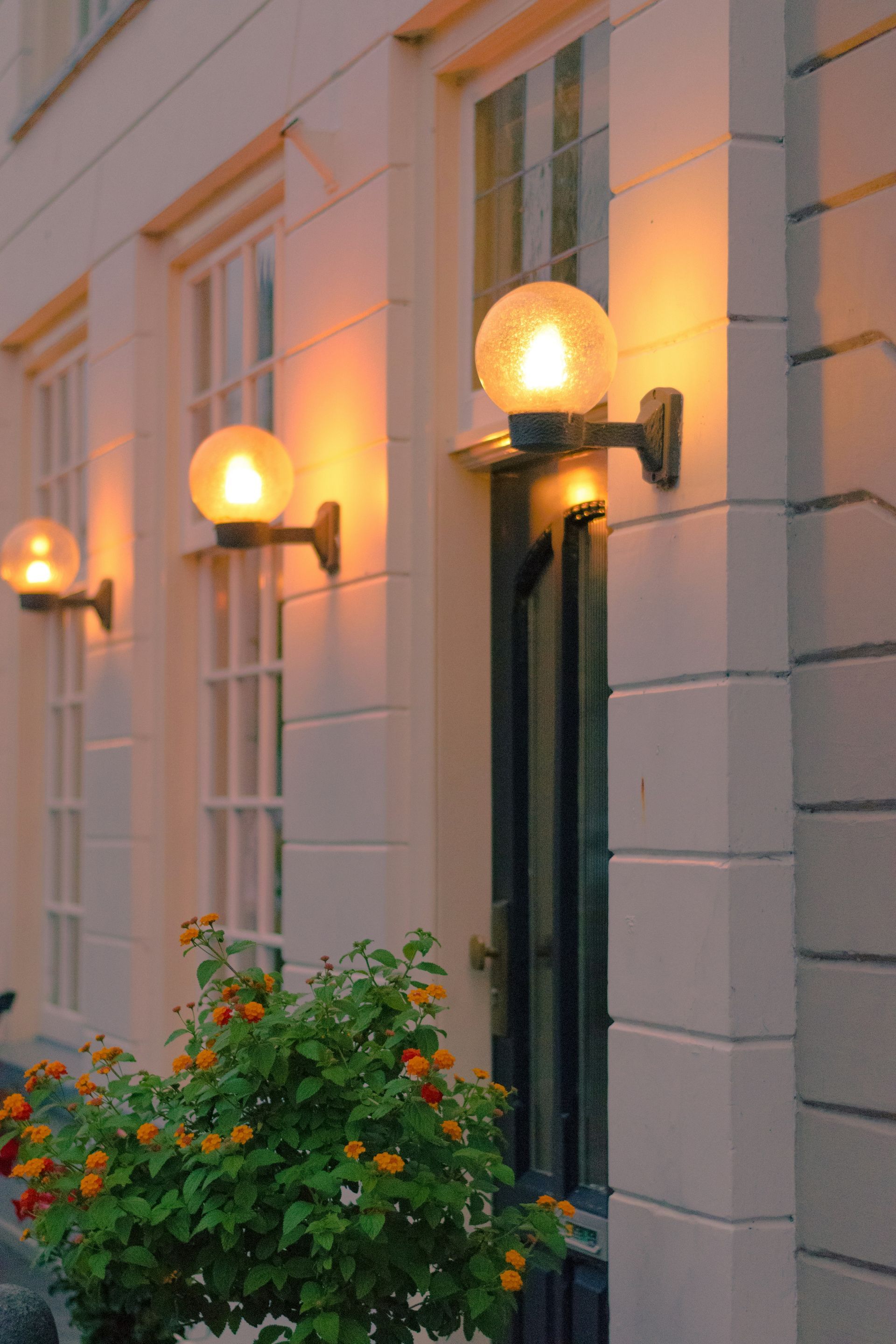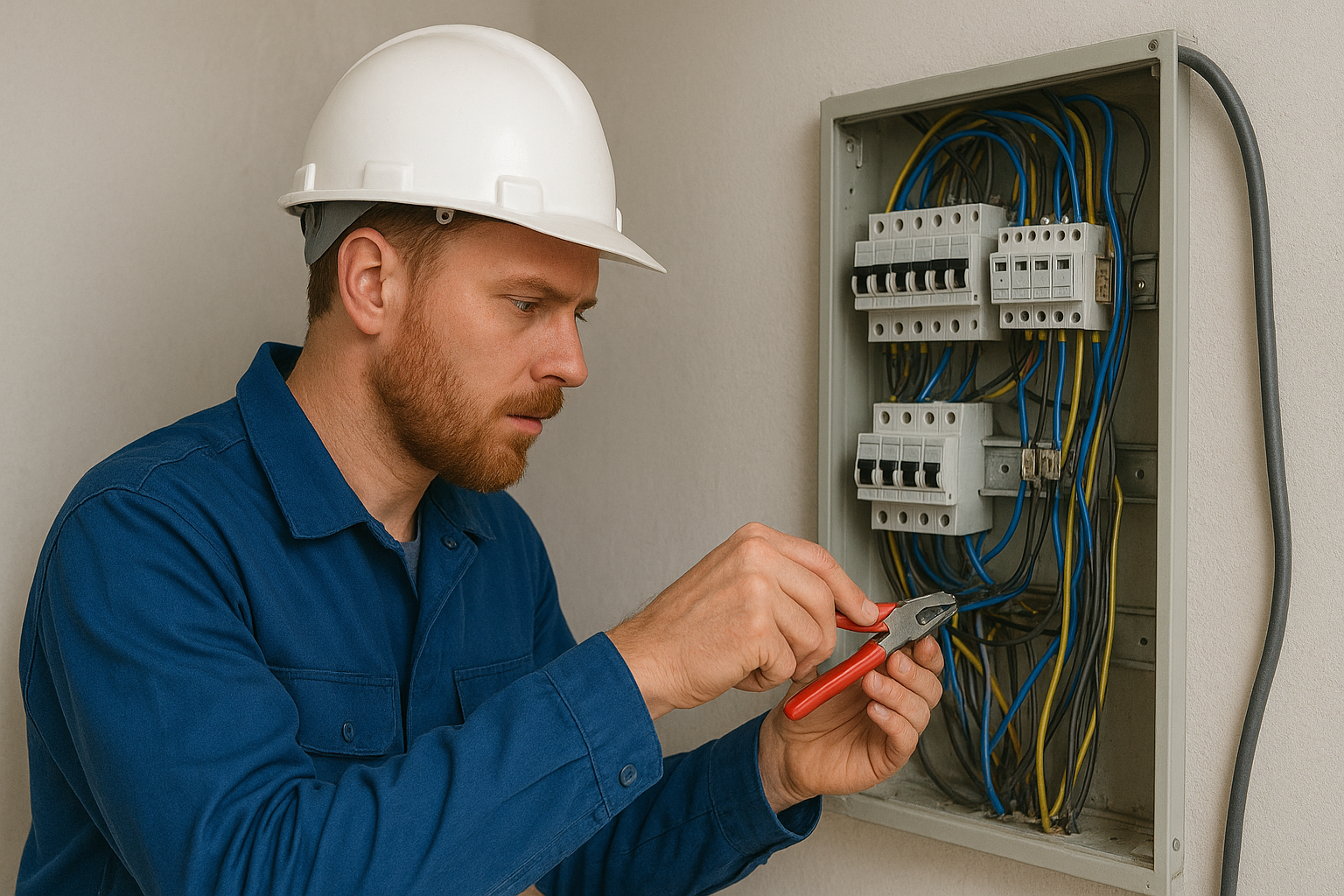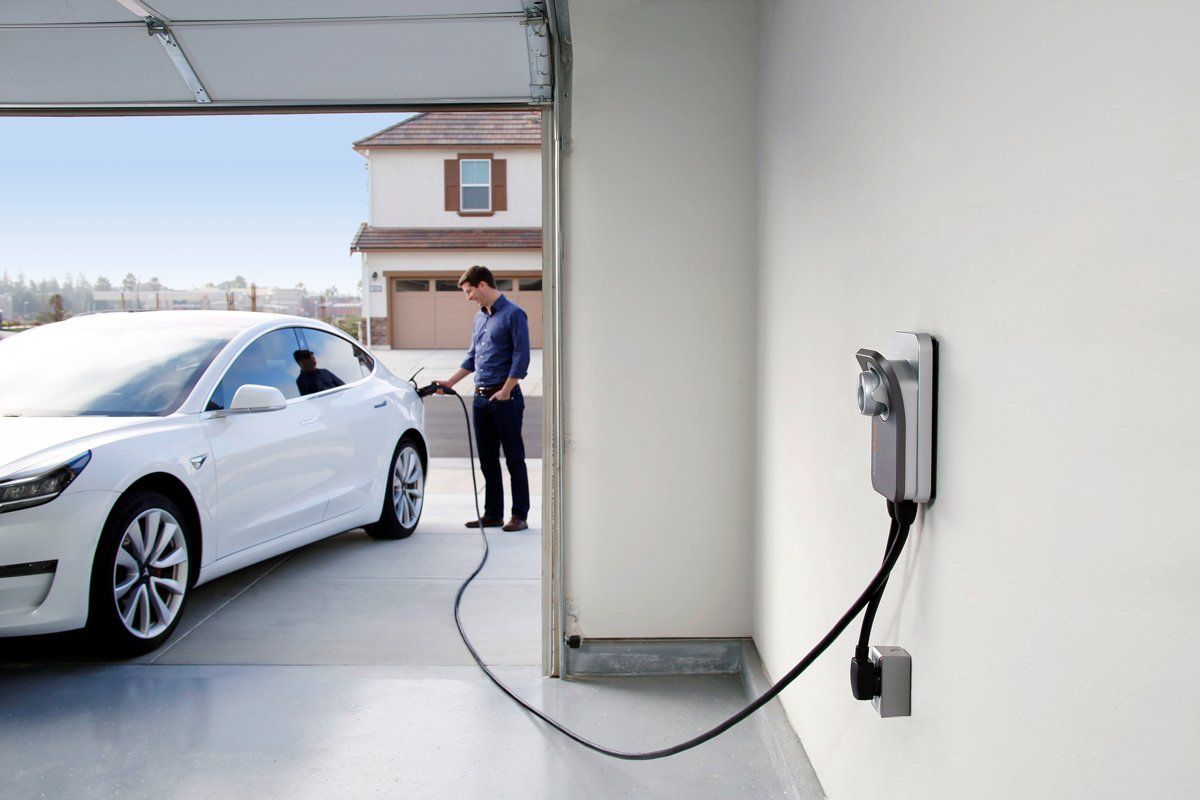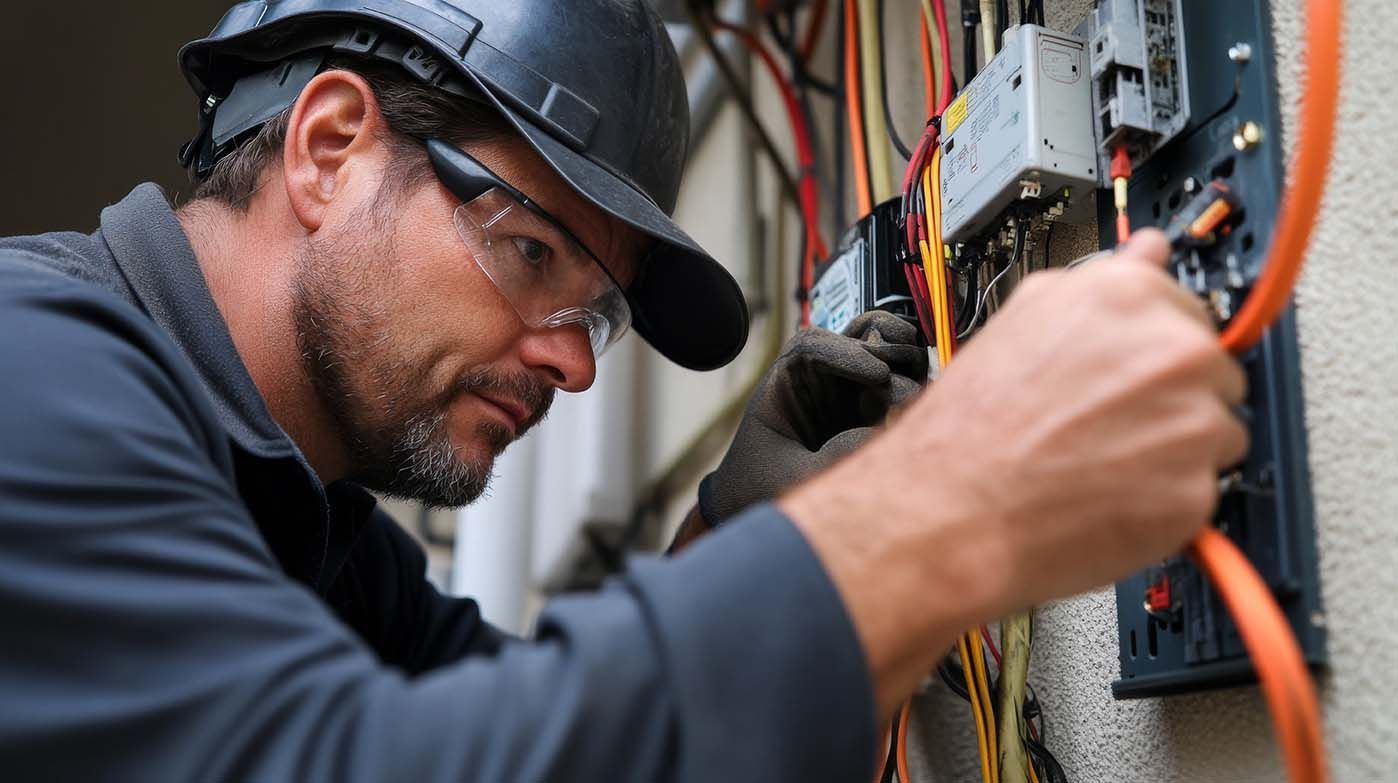Your Guide to Safe & Stunning Chandelier Installation—DIY or Pro Help?
Chandeliers are more than just lighting fixtures—they’re elegant statement pieces that elevate the look and feel of any room. But their beauty can only shine safely and effectively if they’re installed the right way. Whether you're dreaming of a glamorous centerpiece in your entryway or upgrading a dining room fixture, this guide will walk you through everything you need to know about chandelier installation. We'll break down the DIY process, explain when to hire a professional, and give tips for choosing the right chandelier for your space.
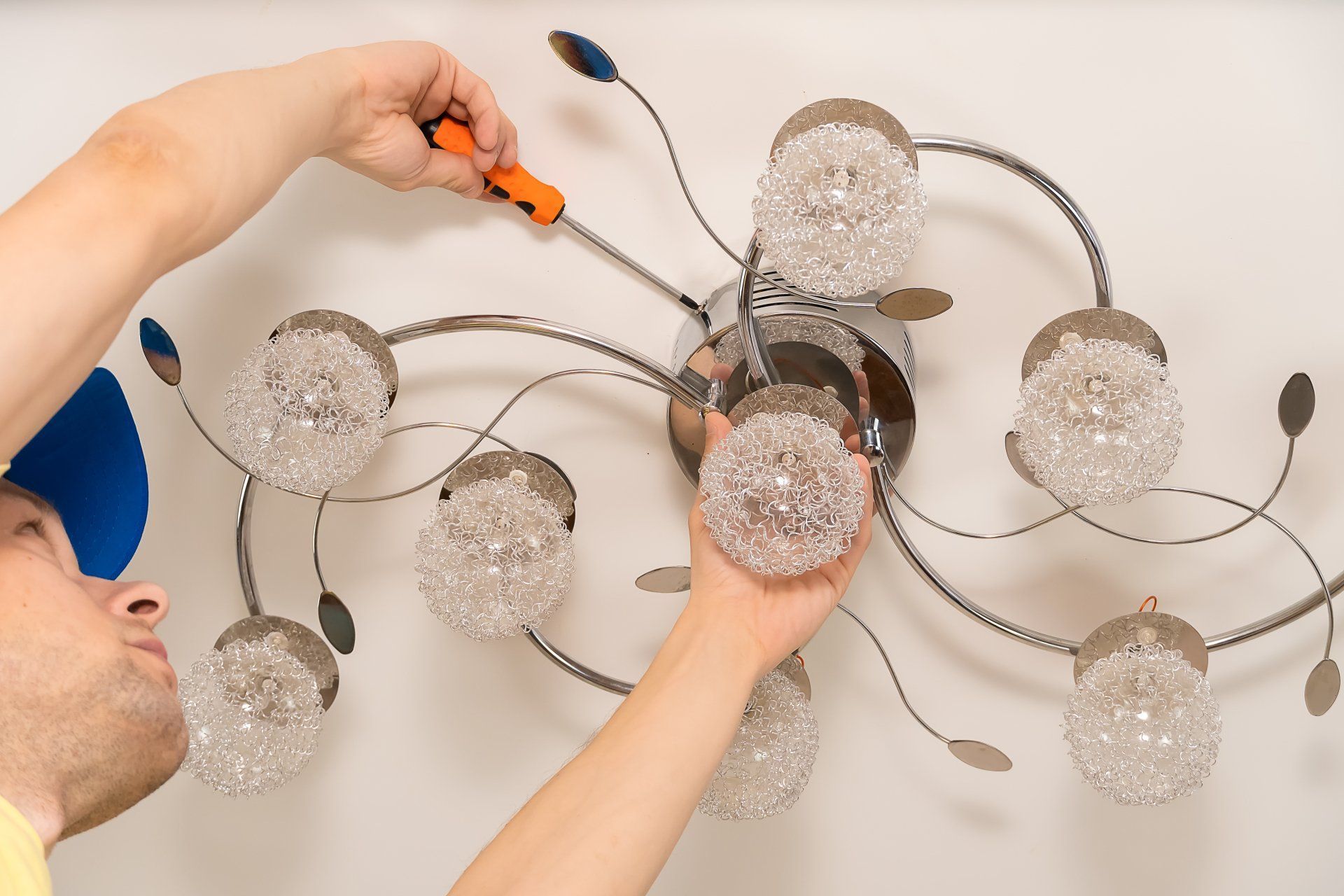
Understanding the Importance of Chandelier Installation
Proper chandelier installation is crucial. It’s not just about hanging a beautiful light—it's about making sure it’s secure, functional, and safe. A poorly installed chandelier can damage your ceiling, cause electrical problems, or even fall. Beyond safety, placement and mounting also impact how your chandelier lights up the space. An unbalanced or misaligned chandelier can throw off the entire room’s aesthetic.
DIY vs. Professional Installation: What's Right for You?
Trying to decide whether to install your chandelier yourself or call in the pros? Consider your comfort level with electrical work, ceiling height, and the chandelier’s weight. DIY might be feasible for small, lightweight fixtures on standard ceilings. But for larger or high-hanging chandeliers, professional help is the safer option. Plus, hiring a pro ensures code compliance and expert finish.
Need help? Check out Electrical Service to get started with a licensed electrician.
Tools You’ll Need for DIY Chandelier Installation
If you decide to go the DIY route, here’s what you’ll need:
- Voltage tester
- Ladder (tall enough for your ceiling height)
- Wire stripper
- Screwdrivers (Phillips and flathead)
- Electrical tape
- Wire nuts
- Mounting bracket
- Safety goggles
- Helper (for heavy fixtures)
Be sure everything is rated for the weight and voltage of your chandelier.
Safety Precautions Before You Start
Before installing any chandelier, always shut off the power at the breaker box. Use a voltage tester to confirm that the wires are not live. Secure the ladder on a flat, stable surface and wear non-slip shoes. If you're working with a heavy or awkwardly shaped chandelier, always ask for help—never try to manage it alone.
How to Choose the Right Chandelier for Your Space
Size, style, and height all matter when choosing a chandelier. For a dining room, the fixture should be about one-half to two-thirds the width of the table. In living rooms or foyers, bigger can be better—but it should never overwhelm the space. Also, make sure your ceiling can support the chandelier’s weight.
Assessing Your Ceiling Type and Support System
Different ceiling types require different mounting hardware. Flat ceilings are the easiest to work with, while sloped or vaulted ceilings often require specialized mounting brackets. Use a ceiling joist or an electrical box rated for heavy fixtures. If your current electrical box isn’t rated for chandeliers, you’ll need to replace it before installation.
Step-by-Step DIY Chandelier Installation Guide
Here’s a simplified breakdown:
- Turn off the power. Use your breaker and voltage tester.
- Remove the old fixture. Unscrew it and disconnect the wiring.
- Install the new mounting bracket. Secure it tightly into the junction box.
- Connect wires. Usually black to black, white to white, and green or copper to ground.
- Secure the chandelier. Lift it into place and screw it in tightly.
- Install bulbs and test. Once it's secure, restore power and check for operation.
Always follow the manufacturer’s instructions carefully.
Common DIY Mistakes and How to Avoid Them
- Overloading the ceiling box: Not all ceiling boxes can hold the weight of a chandelier.
- Poor wiring connections: Loose or incorrect wiring can cause flickering or fire hazards.
- Wrong fixture height: Too high or too low ruins the aesthetic and functionality.
- No helper: Trying to install a heavy chandelier alone can result in injury or damage.
Avoid these pitfalls by preparing thoroughly or getting help from the pros.
When Should You Call a Professional Electrician?
If you’re dealing with:
- High ceilings
- Heavy chandeliers
- Old or damaged wiring
- Unfamiliar electrical systems
- Vaulted or angled ceilings
…then it’s time to call in a licensed electrician. They have the tools and experience to get the job done safely and beautifully.
Reach out through the Contact page to get professional help near you.
Benefits of Hiring a Licensed Electrician
Why hire a pro? For starters:
- Safety: Electricians understand wiring, load limits, and codes.
- Efficiency: Get it done faster and cleaner.
- Warranty: Most professionals guarantee their work.
- Peace of mind: No second-guessing if it’s installed correctly.
Choosing a reliable Electrical Service protects your home and investment.
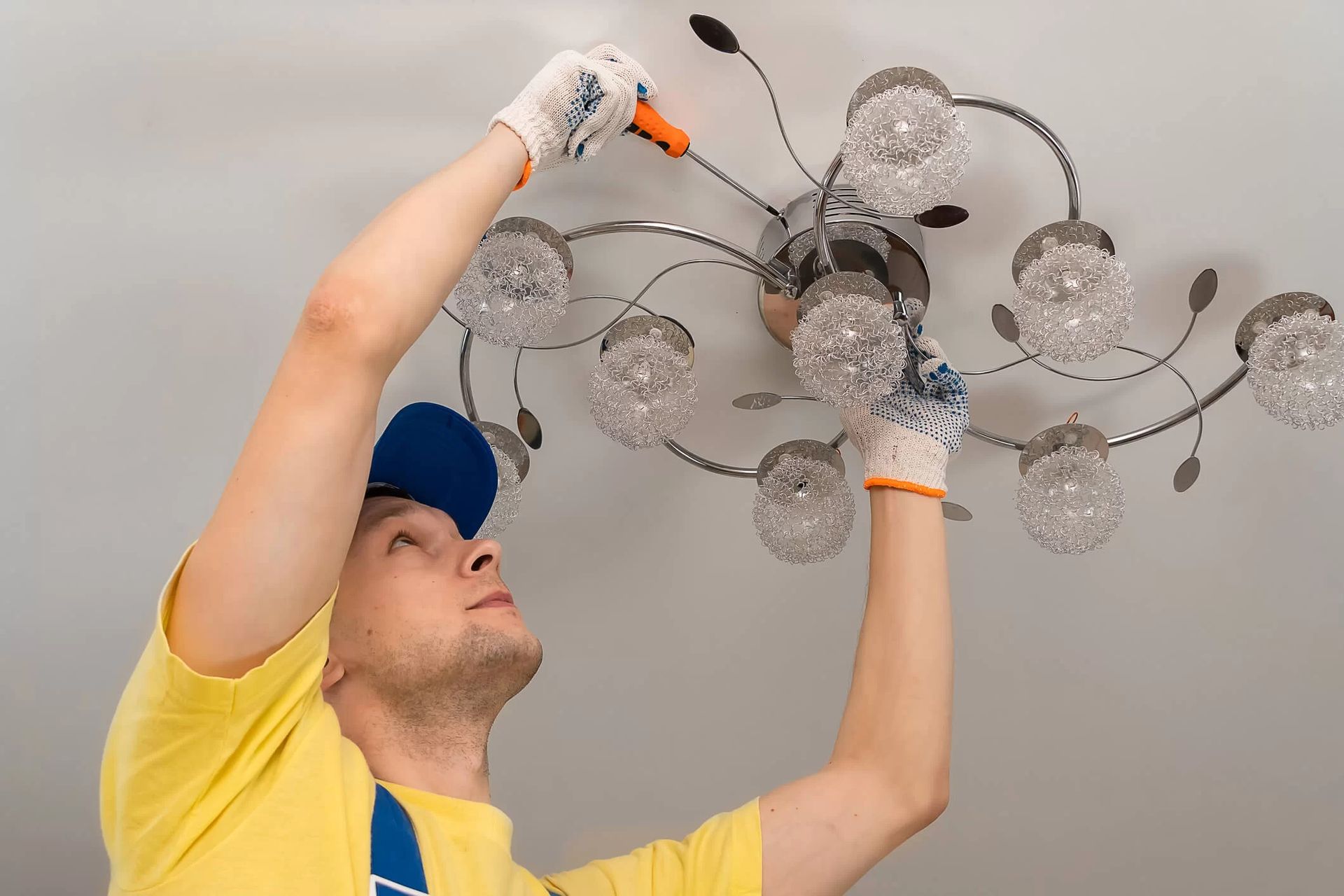
How Much Does Chandelier Installation Cost?
Costs vary depending on:
- The chandelier’s size and weight
- Ceiling height and accessibility
- Wiring complexity
- Labor rates in your area
On average, DIY might cost $50–$100 (mainly tools), while professional installation ranges from $150–$700+. That price includes labor, wiring adjustments, and mounting.
What to Expect During a Professional Installation
A licensed electrician will:
- Turn off the power and remove the old fixture
- Inspect or upgrade your electrical box
- Mount the chandelier securely
- Connect the wiring properly
- Clean up and test the light
The whole process usually takes 1–3 hours, depending on complexity.
Choosing the Right Electrician for the Job
When hiring a pro, look for:
- Licensed and insured status
- Positive reviews and references
- Upfront pricing
- Experience with chandelier installations
- A responsive and clear communication style
You can always start by reaching out via this Contact page.
Maintaining Your Chandelier After Installation
Keep your chandelier shining with regular upkeep:
- Dust the fixture every 2–4 weeks
- Use a microfiber cloth and a ladder for high pieces
- Replace bulbs with energy-efficient ones
- Check wires or chains for wear annually
If cleaning seems tough, consider hiring a specialist once or twice a year.
Upgrading an Existing Fixture to a Chandelier
Already have a ceiling light? You can replace it with a chandelier. Just make sure the electrical box is rated for the new fixture’s weight. You may need to add extra support or modify the bracket.
Chandelier Installation for High Ceilings or Staircases
Installing a chandelier in a two-story foyer or above stairs is a job best left to pros. You’ll need specialized ladders, possibly scaffolding, and secure mounting into a ceiling joist. Electrical extensions and longer chains may also be required.
Your Guide to Safe & Stunning Chandelier Installation—DIY or Pro Help?
This guide gives you the knowledge to make an informed decision. DIY is an option if you’re handy and cautious, but for anything involving heavy fixtures or tricky setups, hiring a licensed electrician is the smarter route. With the right approach, your chandelier can go from dream to dazzling reality—safely and beautifully.
FAQs About Chandelier Installation
Can I install a chandelier without an electrician?
Yes, but only if it’s a small chandelier, your wiring is up-to-date, and you’re confident with electrical work.
What happens if I install a chandelier without proper support?
It can fall, damaging your ceiling and posing a serious safety risk.
How high should I hang a chandelier?
Generally, 30-36 inches above a dining table, or 7 feet from the floor in open areas.
Can I install a chandelier where there’s no light fixture currently?
Yes, but it involves running new wiring and likely needs a pro.
Is it expensive to hire someone for chandelier installation?
Costs vary, but the safety and quality are usually worth it—especially for larger pieces.
Do electricians install chandeliers?
Yes! Most electricians, especially those offering
Electrical Service, can install chandeliers of any size or complexity.
Conclusion
Chandelier installation can seem intimidating, but it’s completely manageable with the right approach. Whether you choose to go the DIY route or call a pro, make safety your top priority. A beautifully installed chandelier doesn’t just light up your room—it transforms it. So follow this guide, make an informed choice, and enjoy the glow.
Links
